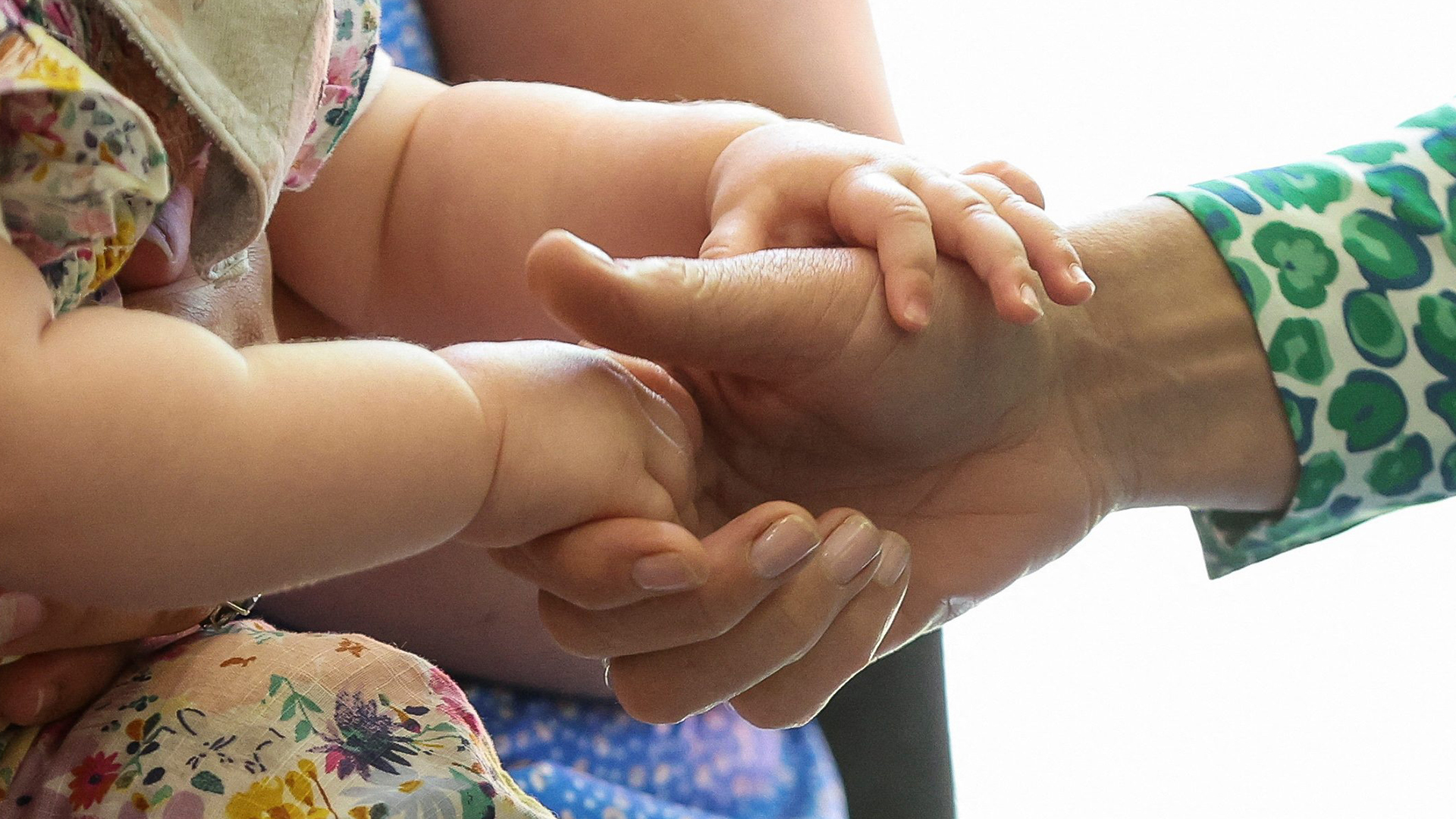
The Liberals’ election platform promised to make it possible for parents to take up to 18 months of parental leave and to stop and restart their leave during that period if they wanted. Last fall, the government asked Canadians for their views on each of those options, and late last month it issued a summary report on those consultations. In a new IRPP study, “Parental Leave in Canada: Which Way Forward?” I use data from the Employment Insurance Coverage Survey to look at how parental leave and benefits have been working in Canada and to consider options for policy changes.
Currently, new parents have up to 12 months of job-protected leave under provincial or federal labour laws. But for most families, a year of unpaid leave is impossible without some kind of income support from the government. Parents who meet the eligibility rules can also claim special benefits under Employment Insurance (EI) or, in Quebec, the Quebec Parental Insurance Plan (QPIP).
The Quebec Parental Insurance Plan
In Quebec, most new parents qualify for the parental insurance plan and they can choose between a longer leave (55 weeks in total) with lower benefits, or a shorter leave (43 weeks) with higher benefits. Birth or adoptive moms are entitled to 15 to 18 weeks of benefits, their spouses have between three and five weeks of benefits, and the rest of the benefits can be shared between parents. A little more than three-quarters of new moms collect benefits and in 59 percent of couple families both parents collect QPIP benefits. Actual benefits average about $500 per week for moms and a little over $600 per week for dads (who tend to have higher incomes).
While the QPIP gets plaudits for its use-’em-or-lose-’em “daddy days,” the plan also has other advantages when compared with benefits elsewhere in Canada: it is easier to qualify for benefits, parents can take benefits at the same time, and workers can negotiate with employers to divide the leave into blocks of time.
Employment Insurance
In the rest of Canada, birth moms get 15 weeks of maternity benefits through Employment Insurance, and parents can share another 35 weeks. The maximum benefits are much lower than in Quebec, but average benefits paid are $430 per week. The eligibility criteria, which are based on work history, are less inclusive than in Quebec. Just two-thirds of new moms qualify for benefits, which are based on work history, and fewer than 5 percent of couple families report sharing EI benefits as new parents.
One-third of couples collect no parental benefits, due to their work history (i.e., they haven’t worked enough hours or are self-employed). Overall, the federal system is a lot less flexible than Quebec’s. There’s no option for couples to collect benefits at the same time, or to take benefits in blocks of time, or to choose between options on the duration and generosity of the benefits.
There are good reasons to let parents spread their EI benefits over 18 months instead of 12. The extension would give families more flexibility to balance work and caregiving. It would also improve coordination with provincial child care systems, as the cost to run a child care space drops significantly after a child’s 18th month. Some higher-income families are already taking this longer leave because they can afford it, but it’s out of reach for other families. A longer, more flexible EI-funded leave, with job-protection, could help more families make the best choices for their own circumstances as they juggle work and caregiving.
There are some implementation details that will make or break the government’s proposed parental leave changes.
- The eligibility rules for benefits need to be re-examined. Quebec’s system does a far better job of covering parents, while the federal system leaves out more than one in five new moms who worked before adopting or giving birth. Nonstandard employment (part-time and contract work, self-employment and freelancing) is here to stay, and fewer parents will be covered for parental benefits unless the rules are updated.
- Spreading the same total benefits over another six months won’t work for low- and modest-income families if they can’t make ends meet. Boosting the replacement rate (currently 55 percent of insured earnings), as Quebec has done, would increase costs and be poorly targeted. Instead, the Family Supplement, an existing top-up on EI benefits for low-income families, could be substantially enhanced. The government’s centrepiece social policy, the Canada Child Benefit, could also be adjusted so that families on leave would get higher child benefits when they need them.
- A longer period of benefits might give parents more opportunity to share the time off, an idea echoed in the government’s own consultation results. Current rules force birth moms to take their benefits first (or lose them) and prevent two parents from collecting parental benefits at the same time. Quebec’s system has the same problem on the timing of the leave reserved for birth moms, but at least it lets parents take leave simultaneously if that’s what works best for their family.
- Right now, new parents receiving parental benefits who continue to work a little can keep most of their EI benefits. But birth moms who work during the 15 weeks of maternity benefits see their EI clawed back dollar for dollar. This rule is a holdover from the very first maternity leave program in 1971. It’s not clear why this discriminatory practice continues in 2017.
- Quebec’s system does a better job of giving workers and employers space to find mutually agreeable arrangements so that parents can choose to return to work for a block of time — for example to complete a project, or for work that is seasonal or cyclical like tax accounting or construction, or just when shifts are available — and return to paid parental leave later. It’s not clear why a longer total leave, particularly at a lower benefit rate, should have to be single and continuous.
- Finally, employers can also play an important role in the income security of young families on leave through the top-ups they offer to EI. Those top-ups act as an important protection against financial strain during the first critical year for a family. However, while 40 percent of mothers in households with incomes above $60,000 report getting a top-up, just 8 percent of mothers do in households with incomes below $40,000. The government can do more to encourage employers to offer these top-ups, particularly to lower-wage workers.
The government shouldn’t ignore the views of employers or the goal of protecting labour market attachment for parents, especially for women. A temporary leave shouldn’t create long-term obstacles to work and earnings. To reduce conflict between the competing needs of work and family, we should be introducing more flexibility in parental leaves.
There’s a lot in the Quebec model that should be of interest to the Government of Canada. The longer-term question for the government is whether or not these family benefits, which now make up nearly 20 cents on every dollar of EI benefits paid, still belong in an EI system that was originally designed to meet other policy goals.
Photo: Shutterstock.com
Do you have something to say about the article you just read? Be part of the Policy Options discussion, and send in your own submission. Here is a link on how to do it. | Souhaitez-vous réagir à cet article ? Joignez-vous aux débats d’Options politiques et soumettez-nous votre texte en suivant ces directives.







